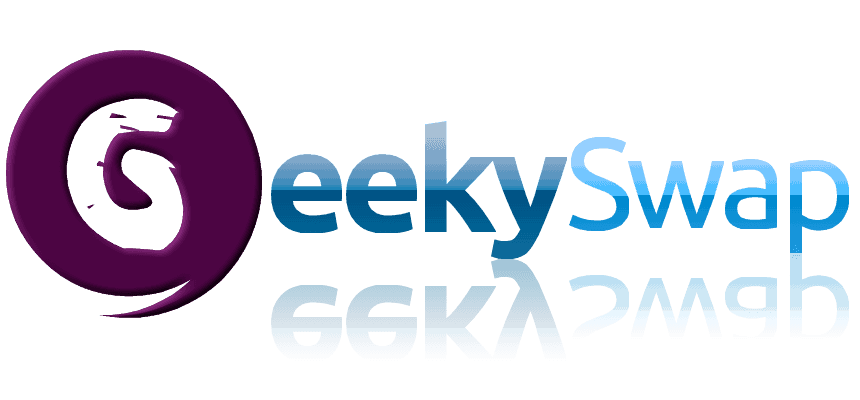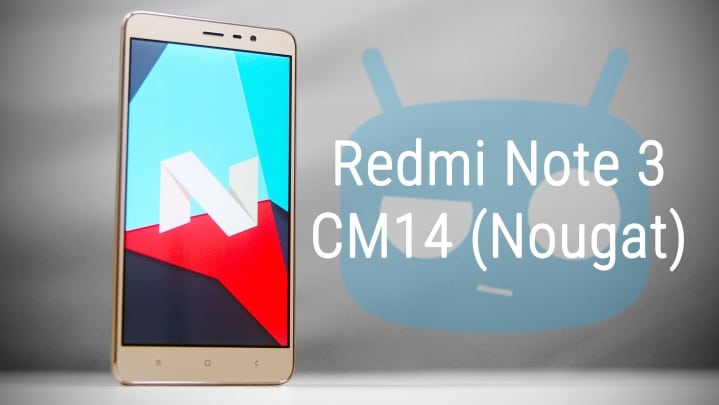6 Things you Must Know about Alternative Lending
Alternative Lending is a very broad term used to describe the wider set of options available to business owners including off-the-shelf categories like cash credit, MSME loans, mortgage loans, etc. and tailor-made products like capital financing, bridge loans, etc.
Given the general under-penetration of banking services in India, it is no surprise that Alternative Lending channels are making inroads. This has been further given push through various initiatives of the Govt. increase financial inclusion and economic penetration.
The Indian landscape is ripe for Alternative Lending to thrive in all its forms including online NBFCs, Loan Marketplaces, P2P platforms, and others. Consider the numbers placed before Rajya Sabha, “RBI had informed that gross outstanding credit for top ten corporate groups is Rs 5,73,682 crore as on March 2016”. This compares with the total credit to the MSME segment of Rs 11,10,000 crores spread across 2.06 crore loan accounts as on March 2016.
This is all that formal banking channels have on offer for 5.1 crore enterprises providing employment to 11.71 crore persons and contributing 37.5 per cent of India’s GDP! Moreover, the 4th All India survey of MSMEs states that close to 90% of MSMEs are dependent on informal sources, which are mostly in the form of unsecured loans and are at higher cost.
So here are six benefits you must reap by approaching an Alternative Lending Source:
The Loan Buffett vs. The Fixed Menu
Everyone is familiar with the plain vanilla loans available from banks viz business loans, loan against property, secured project loans. Banks also have a defined policy for calculating eligibility a well as setting the interest rates for the loans. With the advent of technology, alternative lending options are also available for small business owners. This includes E-commerce Merchant Cash Advances, Unsecured Business Loans, Seasonal Working Capital Financing, Various Forms of Short-Term Funding, Equipment Loans and Business Line of Credit. Loan Frame, for example, has more than 50 products in its marketplace suite. This wide range also goes well beyond being just an eye-pleasing variety. A small business can choose the particular loan based on the desired utilization objective, thus increasing chances of approval and also giving an optimum rate of interest suiting the requirements.
Tailored Approach vs. Off-the-shelf Loans
Traditional banks follow strict and inflexible credit policies that are replicated across products and borrowers. More often than not, these are relevant for larger, more established borrowers and end up complicating the applications by smaller businesses. The SME owner comes across redundant documentation requirements, unreal covenant expectations and needless scrutiny that invariably leads to either rejection or a higher interest rate, both of which are indeed not desirable.
Alternative Lending is more customer-centric and focused on creating value for the borrowers. Documentation and compliance requirements are adjusted based on the type of loan product.
Beyond Just Lending
Borrowers are used to approaching banks and picking from the 2-3 off-the-shelf products that come closest to meeting their requirements. Many Alternative Lending channels such as Loan Frame provide value added advice to the borrower as to which loan product will be more appropriate, leading to more efficient and effective borrowing. There is also significant assistance provided in drafting the loan application and ensuring complete documentation.
Debt Consolidation
Alternative Lending channels make it possible for a borrower with a variety of facilities across lenders to consolidate debt under one lender. This is facilitated by multiple factors such as a common platform, deep lender relationships, a variety of loan products and a better understanding of the borrower’s requirement.
Read here to know more about how debt consolidation can help improve credit standing and lower borrowing costs.
The Sheer Convenience of It All
Alternative Lending channels save you a lot of time and effort. You get to be evaluated against various options online and can spend your energy with the best one rather than waste energy in approaching various banks. This helps you to focus more on what you are good at and interested in – running the business – rather than on just arranging finances for it.
Leveraging Technology
The traditional lending process involves lots of paperwork and physical visits, which lead to delays in the approval and funding process. On the other hand, Alternative Lending channels leverage technology to save both time and effort. Firstly, proprietary algorithms check for your loan eligibility within few seconds even as they incorporate many aspects beyond just the credit score. These include financials, business profile, promoter’s credit history and other business-specific data. In short, you have a more detailed assessment done in a shorter time leading to faster credit approvals and swift credit disbursal. It’s no wonder that the rise of the tech-based Alternative Lending channel has coincided with the widespread adoption of initiatives such as eKYC, Aadhaar, and UPI.
In this way, Alternative Lending helps solve not just the funding availability problem but also addresses the vexing problem of unduly high-interest rates for small businesses. As Narayana Murthy says,
If you cultivate inexpensive habits, you will not become a victim of money in later years. And, you will not fall into the trap of greed which leads you to do things that you will later regret.
This applies in equal measure to personal habits and business expenses, including what you pay on your borrowings. A better credit appraisal leads to a more appropriate interest rate for your business loan.
Some of the NPA-laden and capital-starved banks are either unable or unwilling to step in and plug the big funding gap that exists for MSME borrowers. Alternative Lending is a viable alternative for such borrowers. Furthermore, loan marketplaces like Loan Frame have several banks on their platform, therefore effectively serving as a bridge between the traditional and the alternative lending options.
















Leave a Reply